Home>Garden Essentials>Where Are The Seeds In A Pine Cone
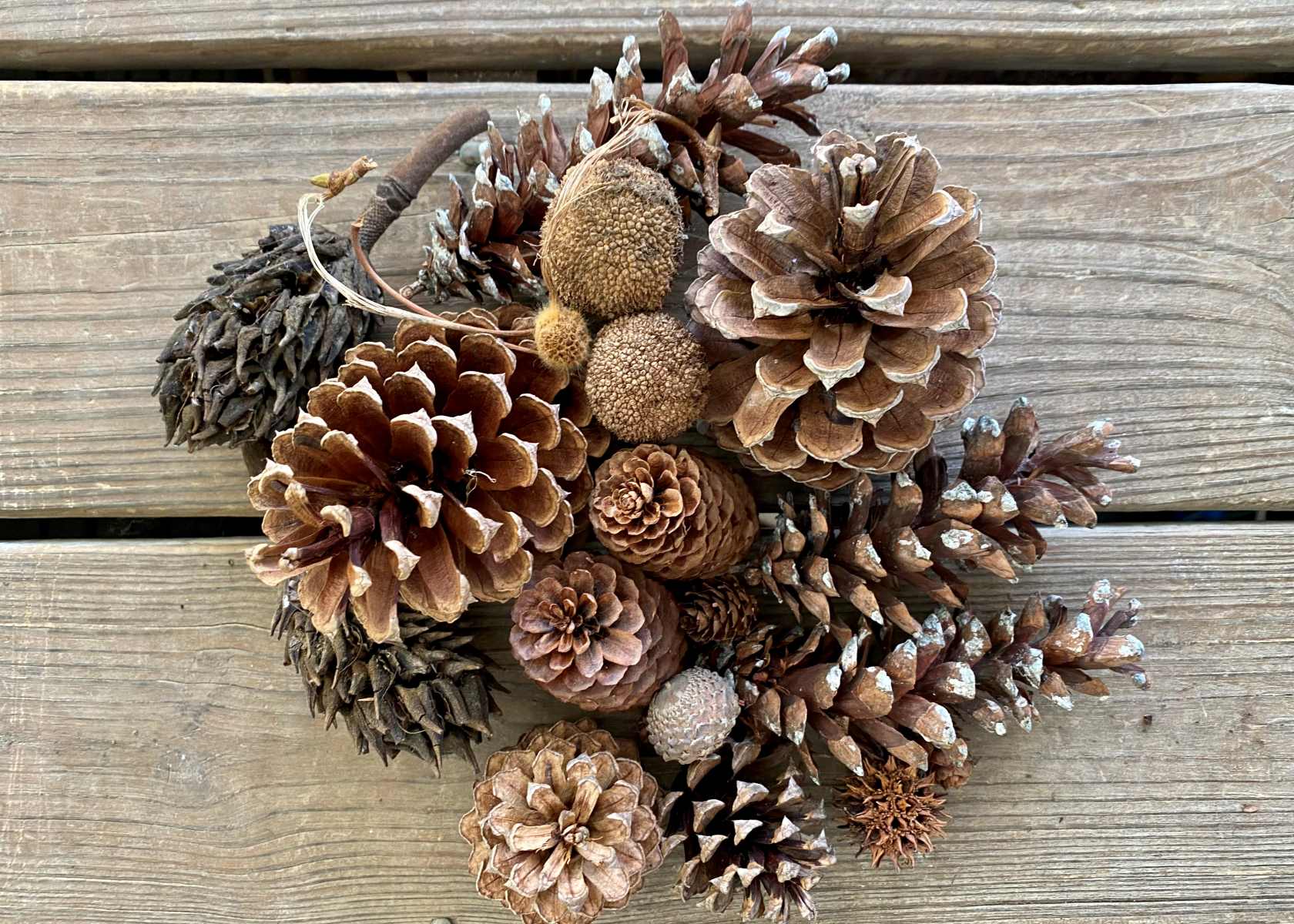

Garden Essentials
Where Are The Seeds In A Pine Cone
Modified: March 16, 2024
Discover the secret location of seeds in a pine cone and learn how to use them in your garden. Explore the fascinating world of pine cones and gardening tips.
(Many of the links in this article redirect to a specific reviewed product. Your purchase of these products through affiliate links helps to generate commission for Storables.com, at no extra cost. Learn more)
Introduction
Pine cones are fascinating structures that can be found on various species of pine trees. While they may seem simple at first glance, pine cones play a crucial role in the reproduction and survival of these trees. One question that often arises is: where are the seeds in a pine cone?
To understand the answer to this question, we need to delve into the anatomy and reproductive process of pine cones. By exploring the different parts and functions of pine cones, we can gain a deeper understanding of how seeds are formed and dispersed in these remarkable structures.
Join us on this journey as we unravel the mysteries of pine cones, uncovering the hidden secrets of their seed production and distribution.
Key Takeaways:
- Pine cones have male and female cones. Male cones produce pollen, while female cones house the seeds. Wind pollination and seed dispersal help pine trees reproduce and thrive.
- Pine cones protect and nurture seeds. After pollination and fertilization, seeds develop within the cone. Wind and animals help spread the seeds, ensuring the survival and diversity of pine trees.
Read more: How To Harvest Pine Cone Seeds
Anatomy of a Pine Cone
Pine cones have a unique and intricate structure that is designed to protect and nurture their seeds. They consist of overlapping scales that are arranged in a spiral pattern, forming a cone shape. The scales are typically woody and come in a variety of shapes and sizes, depending on the species of pine tree.
Each scale is connected to the core of the cone by a specialized stem known as a bract. These bracts serve as support structures, holding the scales in place and allowing the cone to open and close in response to changes in humidity and temperature.
On the outer surface of the scales, you may notice small projections or spikes called prickles. These prickles provide additional protection for the cone, deterring potential predators from accessing the seeds within.
When you examine a pine cone more closely, you’ll find that it has both male and female cones. The male cones are typically smaller and produce pollen, while the female cones are larger and house the seeds.
Now that we’ve explored the basic anatomy of a pine cone, let’s move on to understanding the role of the male and female cones in the reproductive process.
The Male and Female Cones
In pine trees, the male and female cones are separate structures with distinct functions in the reproductive process. Male cones, also known as pollen cones, are responsible for producing and dispersing pollen grains.
Male cones are usually smaller in size and are located on the lower branches of the tree. They contain numerous sacs called microsporangia, which house the pollen grains. Each pollen grain contains male gametes, the reproductive cells required for fertilization.
When the conditions are favorable, typically in spring, the microsporangia release vast amounts of pollen grains into the air. These grains are carried by the wind and may land on the female cones.
Female cones, also known as seed cones or ovulate cones, are larger and occupy the upper branches of the tree. They have scales that are modified to house the seeds. Inside each female cone, there are multiple ovules which are the structures that will eventually develop into seeds.
When the pollen grains land on the scales of a receptive female cone, a crucial process called pollination takes place. The pollen grains contain the male gametes that fertilize the female gametes present in the ovules.
It is important to note that pollen from the male cones of one pine tree cannot fertilize the female cones on the same tree. Cross-pollination occurs when the wind carries pollen from one tree to another, allowing for genetic diversity in the offspring.
Now that we understand the role of the male and female cones, let’s explore how pollination leads to the development of seeds within a pine cone.
Pollination and Fertilization
Pollination is a crucial step in the reproductive process of pine trees. It is the transfer of pollen grains from the male cones to the female cones, allowing fertilization to occur.
As mentioned earlier, pine trees rely on wind pollination. The lightweight pollen grains are carried by the wind and may land on the sticky surface of the scales of a receptive female cone. The sticky surface helps to trap the pollen grains and hold them in place.
Once a pollen grain has landed on a receptive scale, it begins to germinate. A tiny tube grows from the pollen grain, extending down through the scale and seeking out the ovule in the cone. This tube is called the pollination tube.
As the pollination tube reaches the ovule, the male gametes inside the pollen grain travel through the tube and fertilize the female gametes present within the ovule. This fertilization results in the formation of a zygote, which will eventually develop into an embryo.
After fertilization, the scales of the female cone close tightly to protect the developing seeds. The cone will continue to grow and mature over several months, providing a safe and nurturing environment for the seeds to develop.
Now that we understand how the fertilization process takes place, let’s dive into the development of seeds within the pine cone.
The seeds in a pine cone are located between the scales. To find them, gently separate the scales to reveal the small, winged seeds inside.
The Development of Seeds
After successful fertilization, the ovules within the female cone begin to develop into seeds. The process of seed development is a complex and fascinating journey within the protective confines of the pine cone.
Each fertilized ovule grows and undergoes a series of transformations to become a mature seed. The zygote within the ovule develops into an embryo, which is the young plant that will eventually germinate and grow into a new pine tree.
The embryo is surrounded by a protective layer known as the seed coat, which shields it from external factors such as moisture loss and mechanical damage. The seed coat is often thick and sturdy, providing further protection for the developing seed.
Within the seed, you may also find a nutrient-rich tissue called the endosperm. The endosperm provides nourishment to the developing embryo as it grows, ensuring its survival and proper development.
As the seeds continue to develop, the scales of the female cone start to open up, allowing the mature seeds to be exposed. At this stage, the cone is ready for seed dispersal.
Now that we have explored the development of seeds within the pine cone, let’s move on to the final stage of the reproductive process: seed dispersal.
Read more: How To Plant Pine Cone Seeds
Seed Dispersal
Seed dispersal is an essential mechanism that allows the offspring of pine trees to spread and establish in new areas. Pine cones have various strategies to ensure the dispersal of their seeds.
One common method of seed dispersal in pine cones is through the action of wind. When the scales of a mature cone open up, the seeds are exposed and can be easily carried away by the wind. The lightweight seeds are equipped with small wings or bristles, which aid in their flight and help them travel greater distances.
As the wind carries the seeds, they may land on suitable soil conditions and germinate, giving rise to new pine trees. This method of dispersal allows for the colonization of new areas and promotes genetic diversity within pine populations.
Another method of seed dispersal in some pine species is through the help of animals. Some animals, such as squirrels and birds, are attracted to the seeds found in pine cones and may feed on them. As they consume the seeds, they inadvertently aid in their dispersal by carrying them to different locations. The seeds may pass through the digestive system of these animals and get deposited in their droppings, providing a nutrient-rich environment for germination.
In addition to wind and animal dispersal, some pine cones have specialized adaptations to aid in seed dispersal. For example, certain species have cones that release their seeds explosively when they become dry or are exposed to heat. This sudden release propels the seeds away from the parent tree, allowing them to disperse over a wider area.
Seed dispersal plays a vital role in the survival and propagation of pine trees. It ensures that the offspring have the opportunity to establish in diverse habitats, increasing their chances of survival and adapting to different environmental conditions.
Now that we have explored the various methods of seed dispersal, let’s conclude our journey into the world of pine cones.
Conclusion
Pine cones are intricate structures that hold the key to the reproductive success and survival of pine trees. Through exploring their anatomy and understanding the roles of male and female cones, we have gained insights into the fascinating process of seed production and dispersal.
The male cones produce pollen, which is carried by the wind to the receptive female cones. Pollination occurs, leading to fertilization and the development of seeds within the protective scales of the cone.
As the seeds mature, the cone opens up, and various mechanisms, such as wind dispersal, animal dispersal, or explosive release, ensure that the seeds are spread far and wide.
Pine cones demonstrate the incredible adaptability and persistence of these trees in colonizing new environments and ensuring the survival of their species. They rely on natural forces and the assistance of animals to disperse their seeds strategically, increasing genetic diversity and the chances of successful reproduction.
Next time you come across a pine cone, take a moment to appreciate the intricate beauty and the hidden wonders it holds within. From the scales and bracts to the pollination and development of seeds, pine cones unfold a captivating story of life and growth in the world of nature.
Now that we have unraveled the secrets of where the seeds are in a pine cone, we hope you have gained a deeper understanding and appreciation for these remarkable structures and the remarkable trees they come from.
Frequently Asked Questions about Where Are The Seeds In A Pine Cone
Was this page helpful?
At Storables.com, we guarantee accurate and reliable information. Our content, validated by Expert Board Contributors, is crafted following stringent Editorial Policies. We're committed to providing you with well-researched, expert-backed insights for all your informational needs.
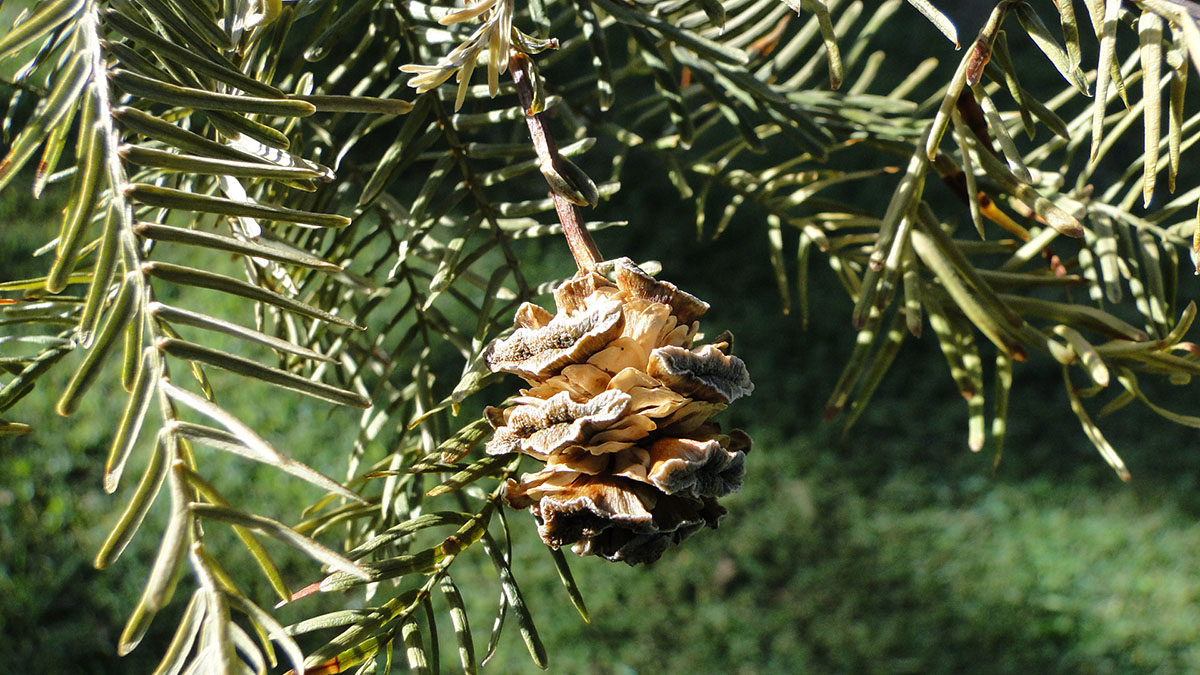
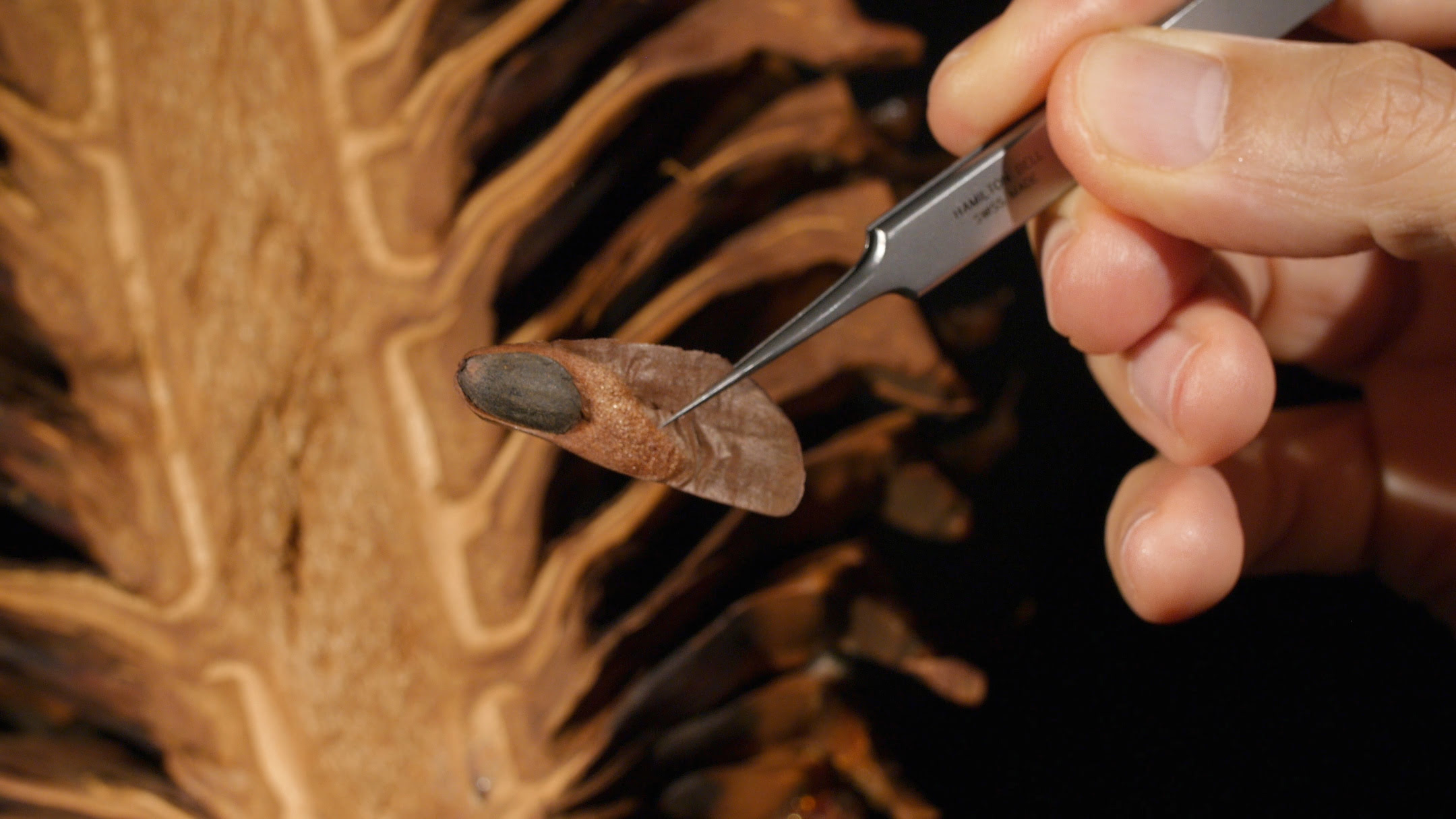
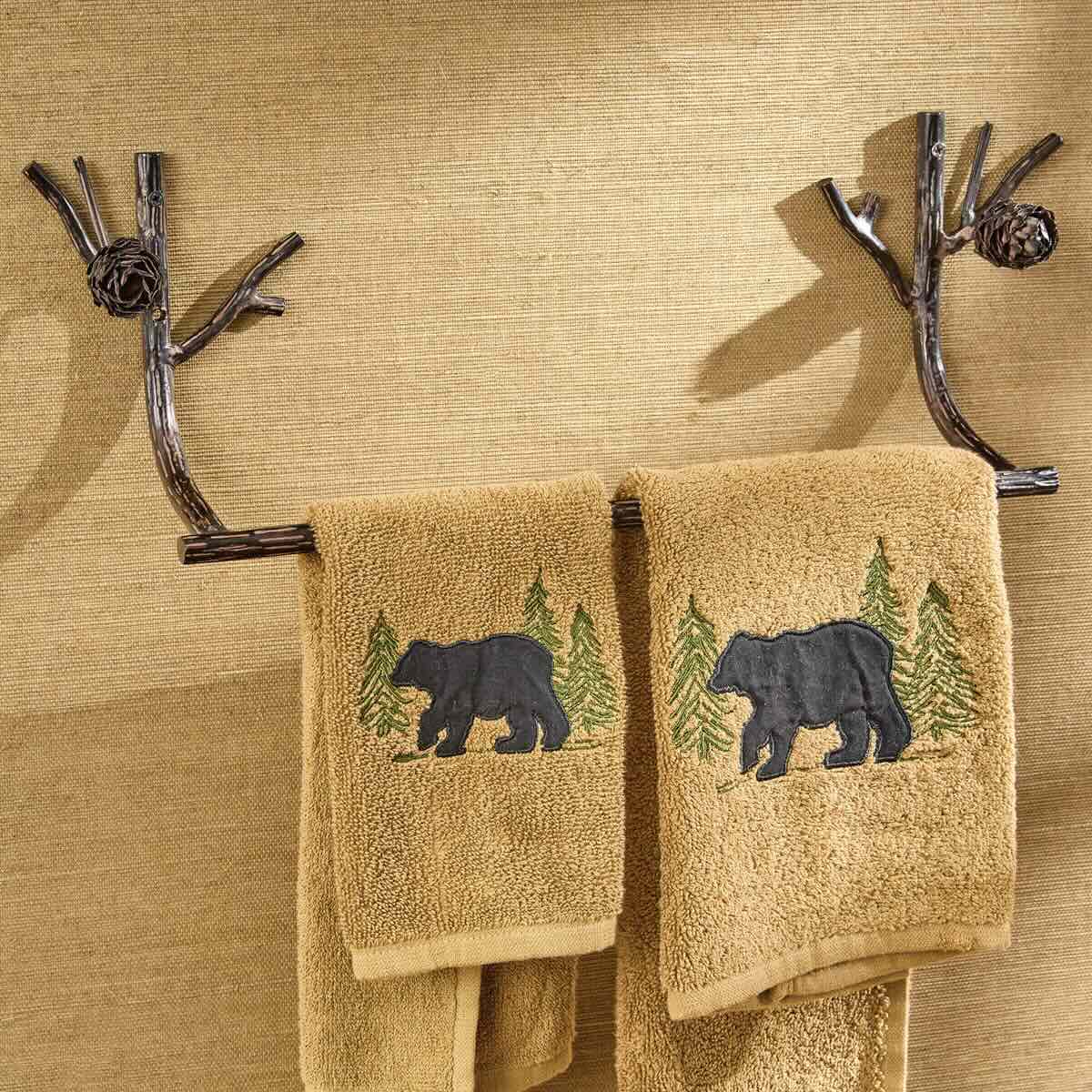
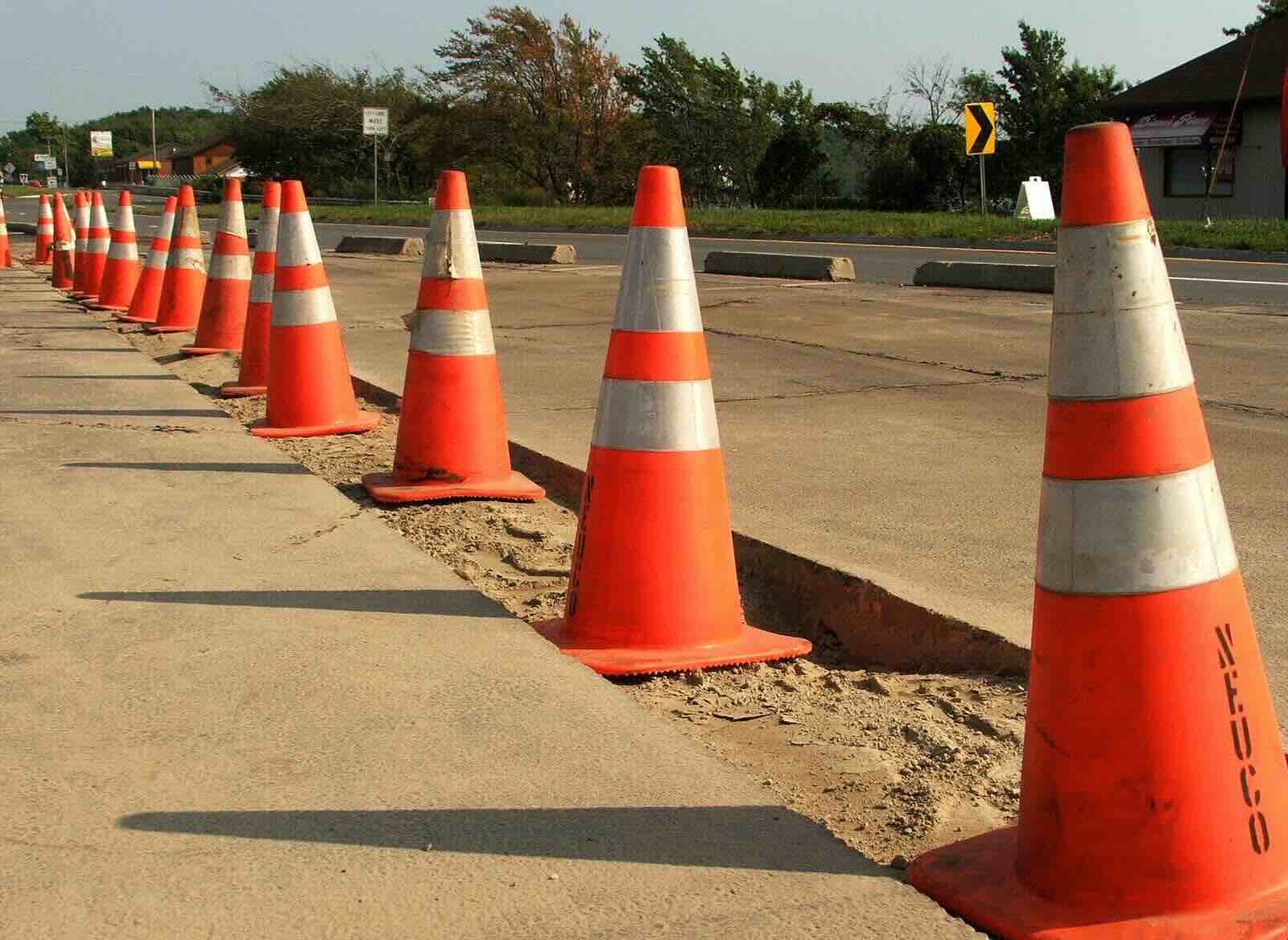
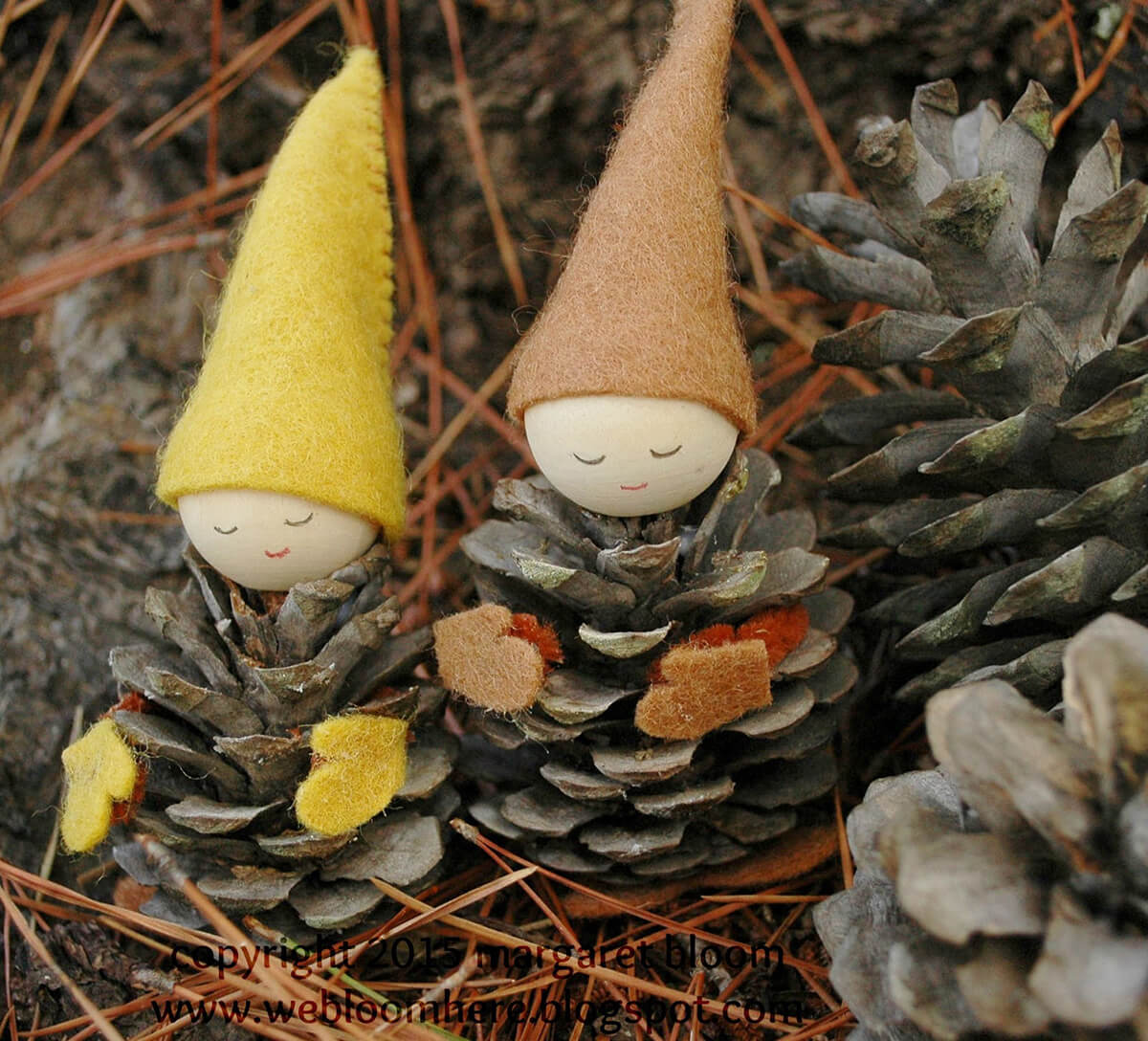
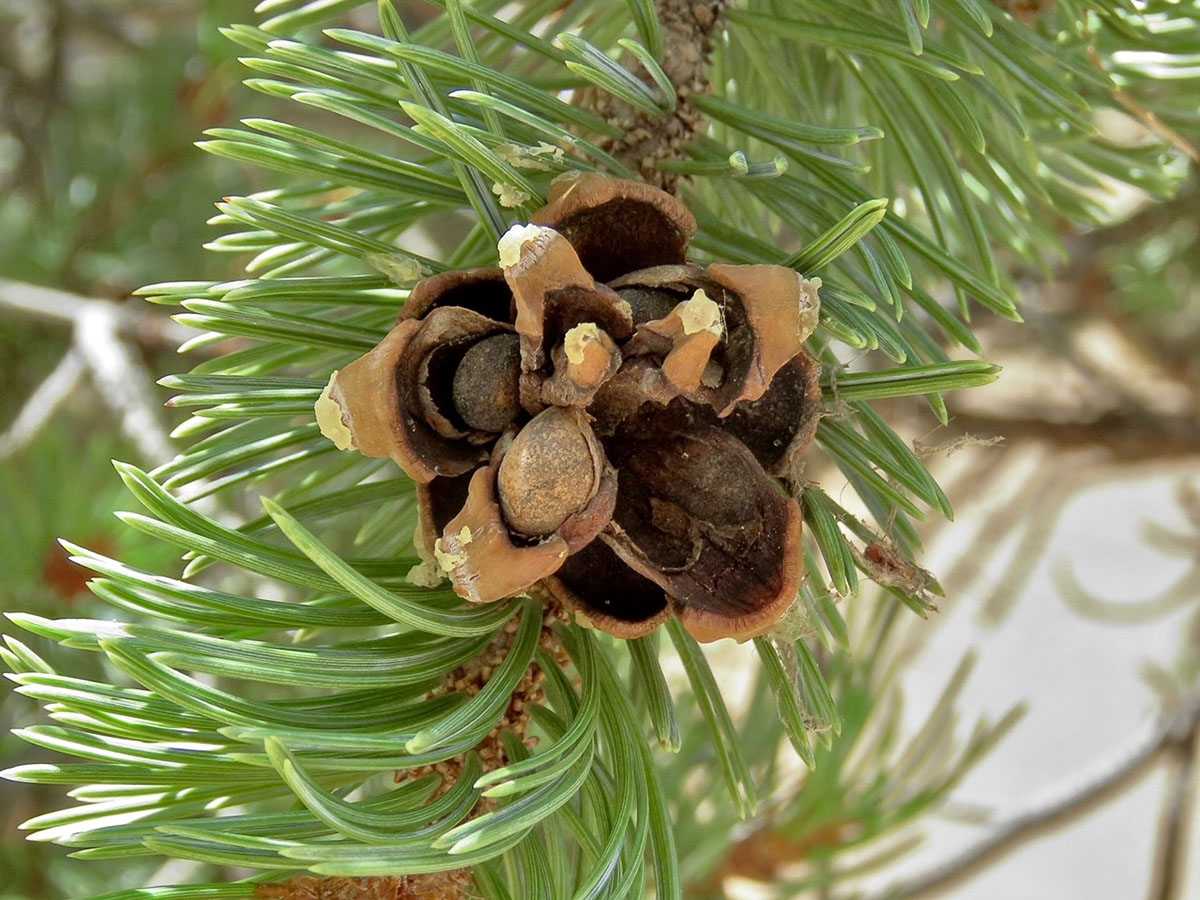
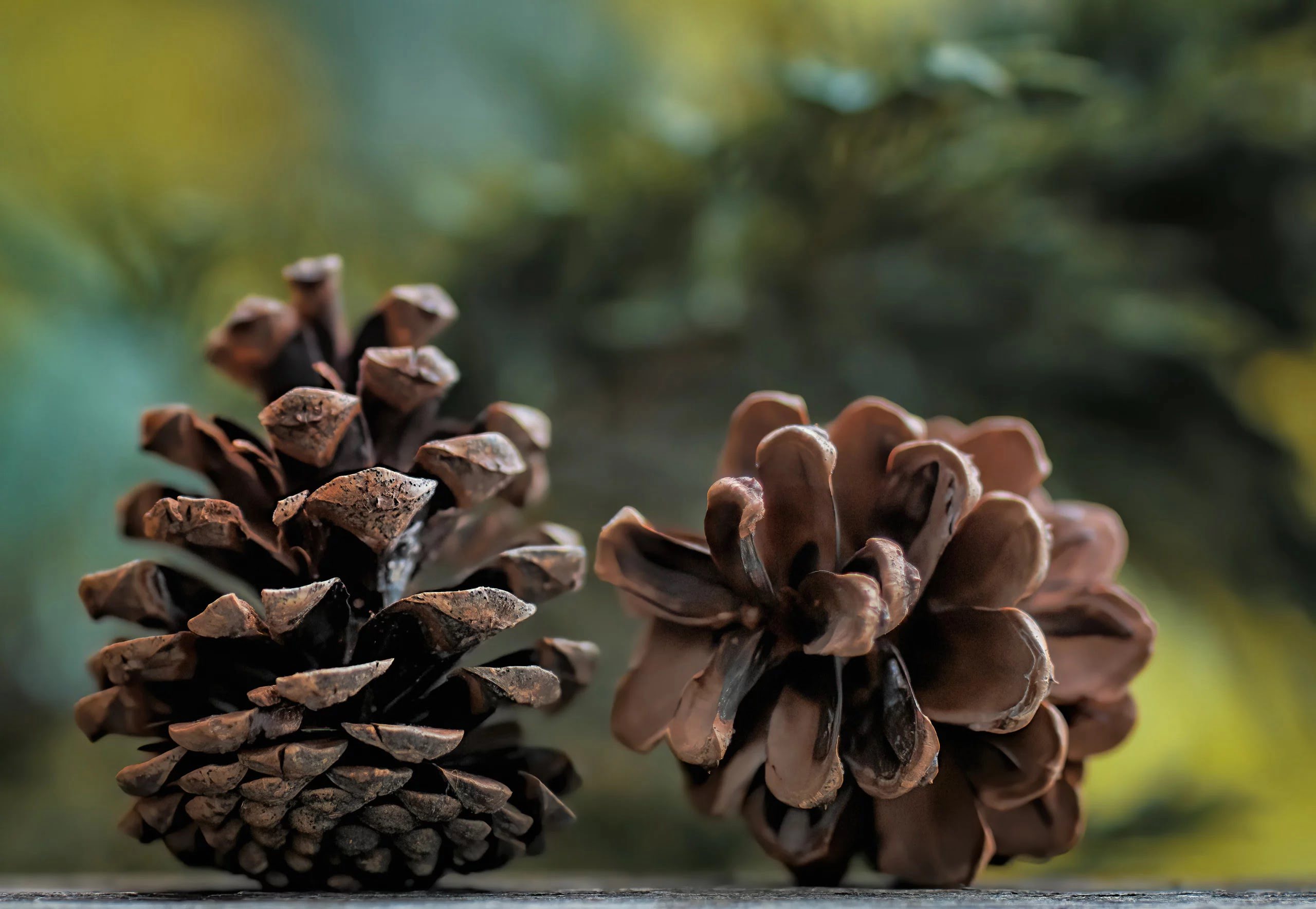
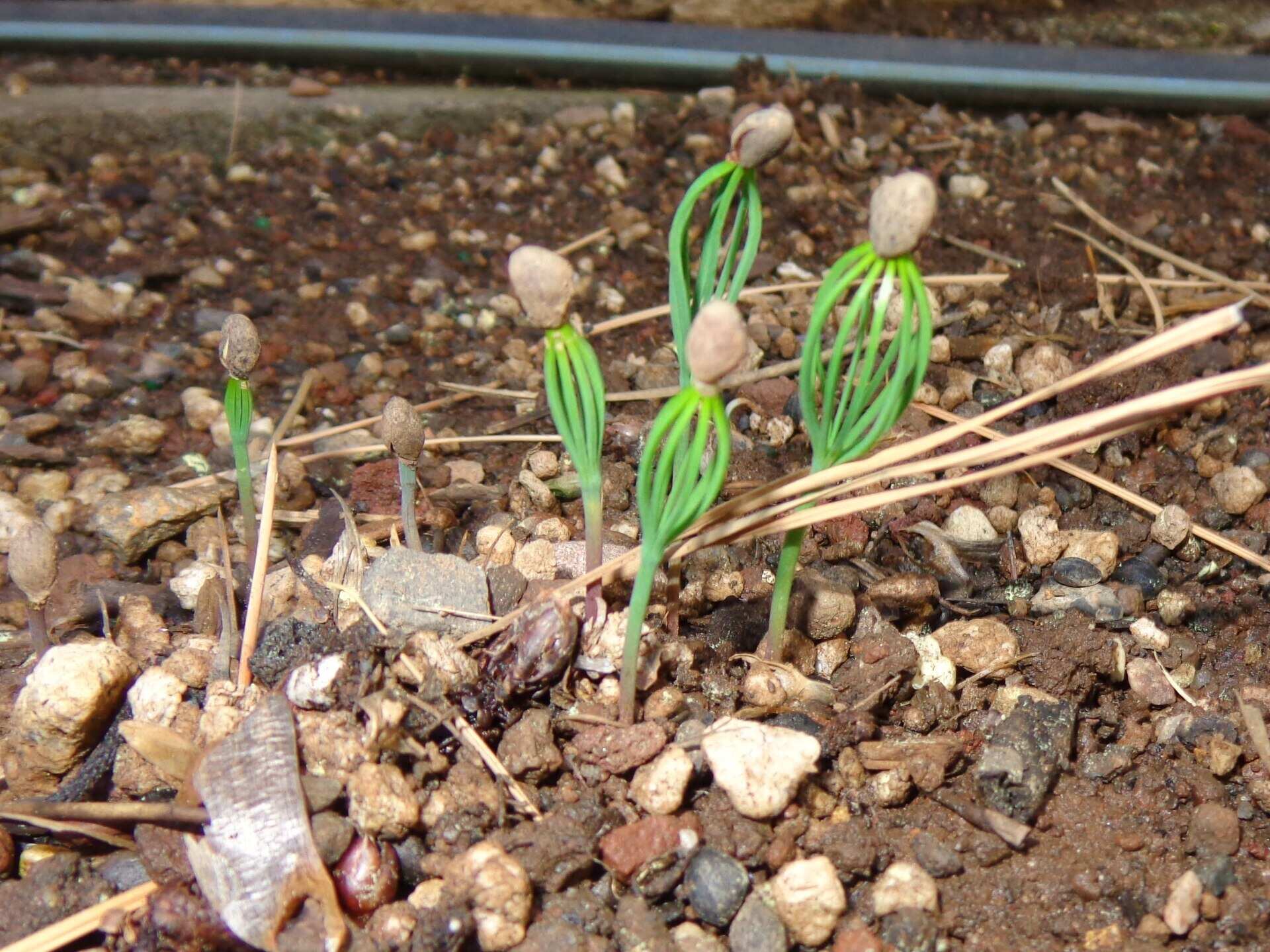
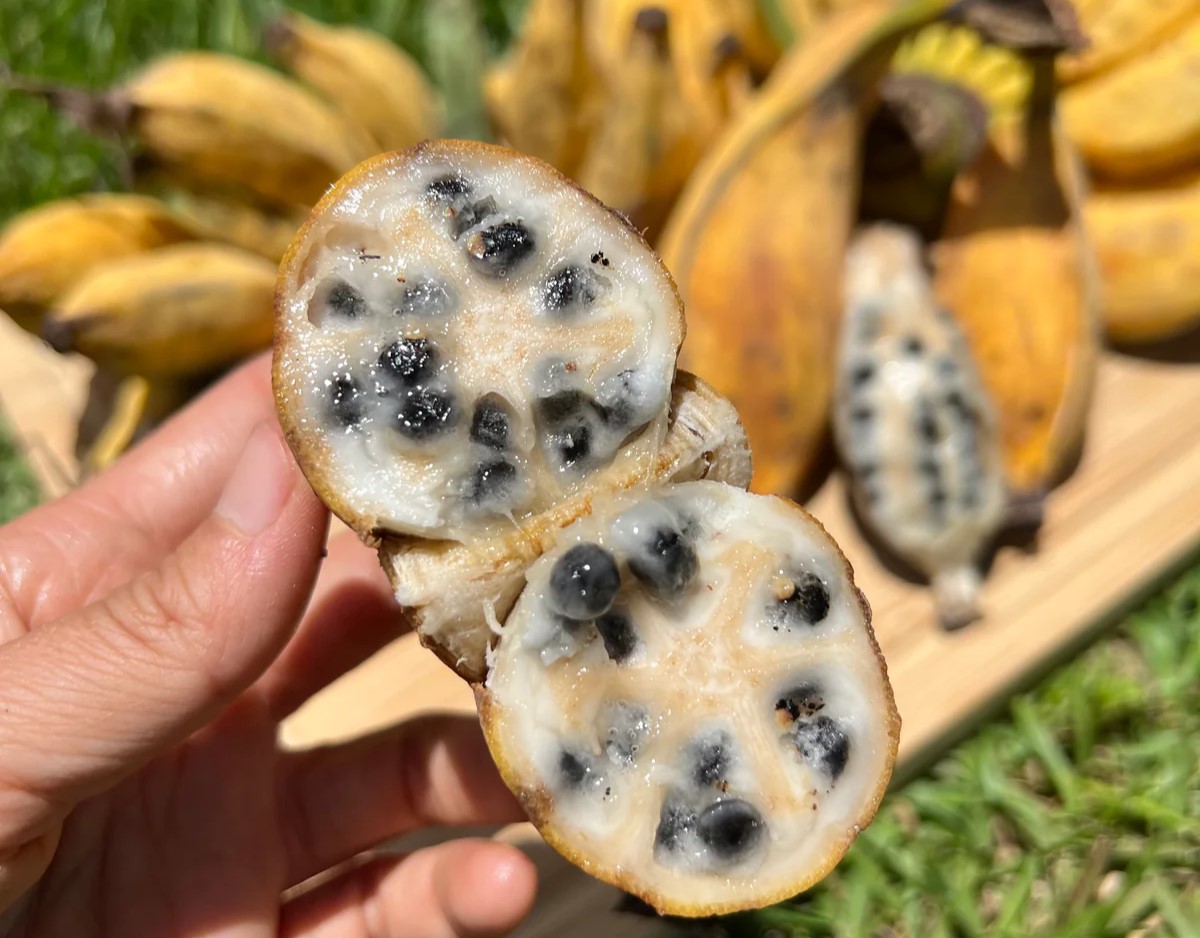
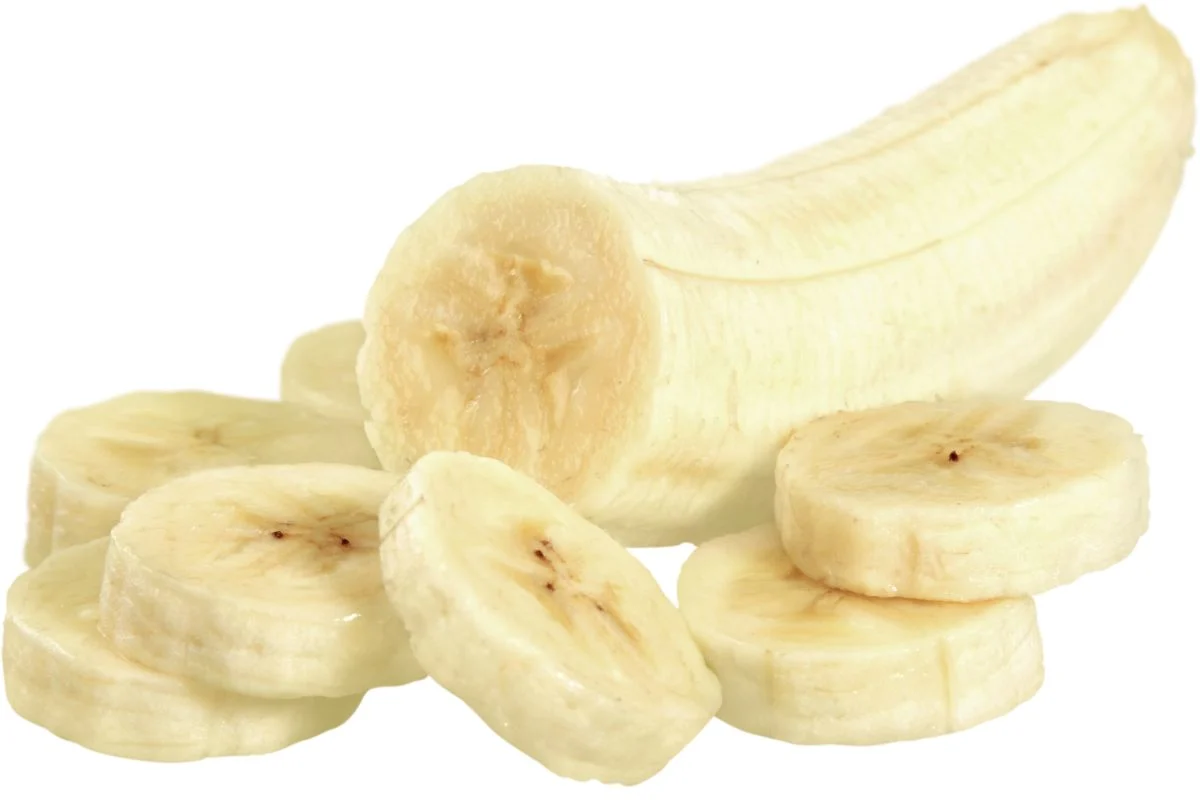
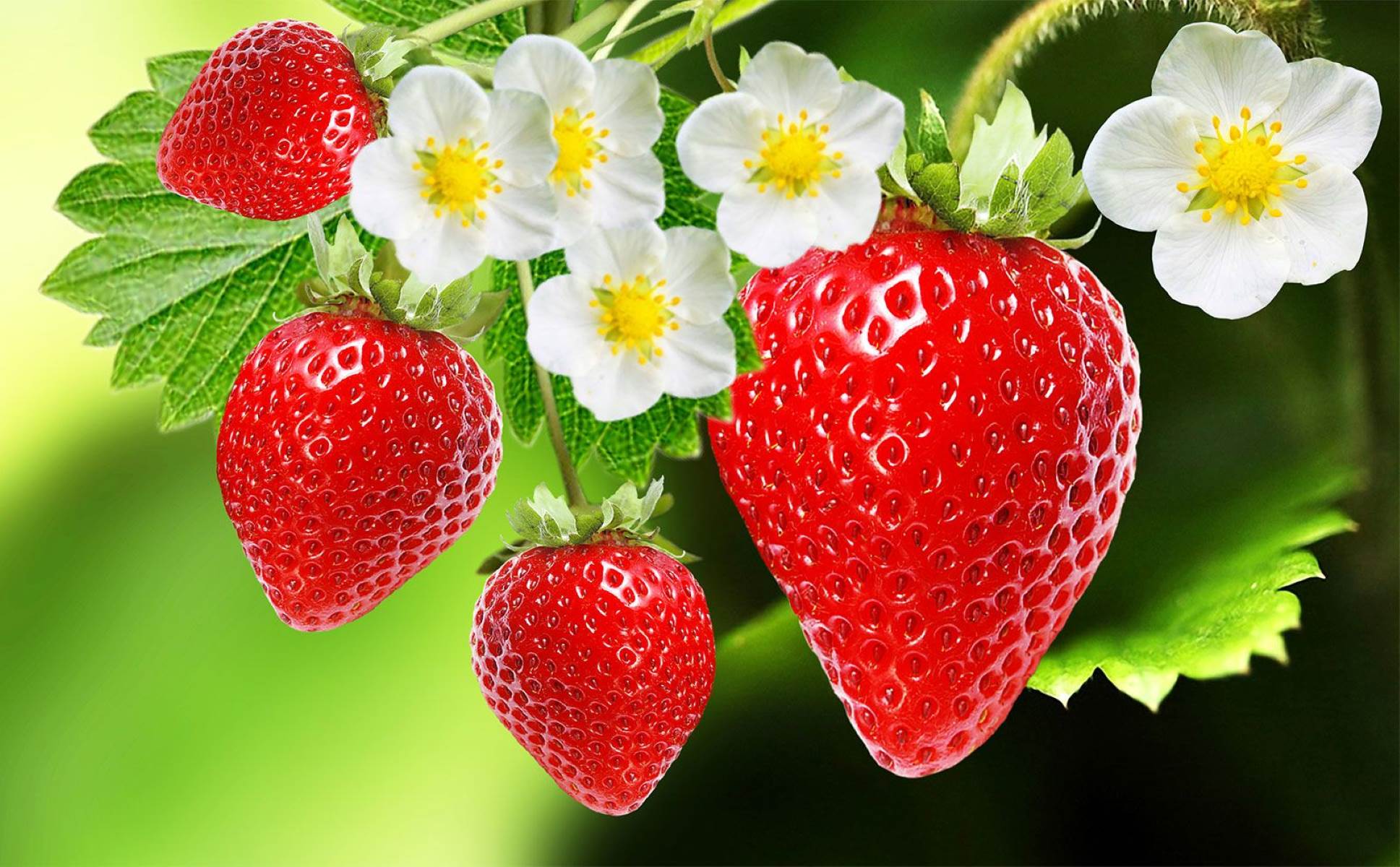
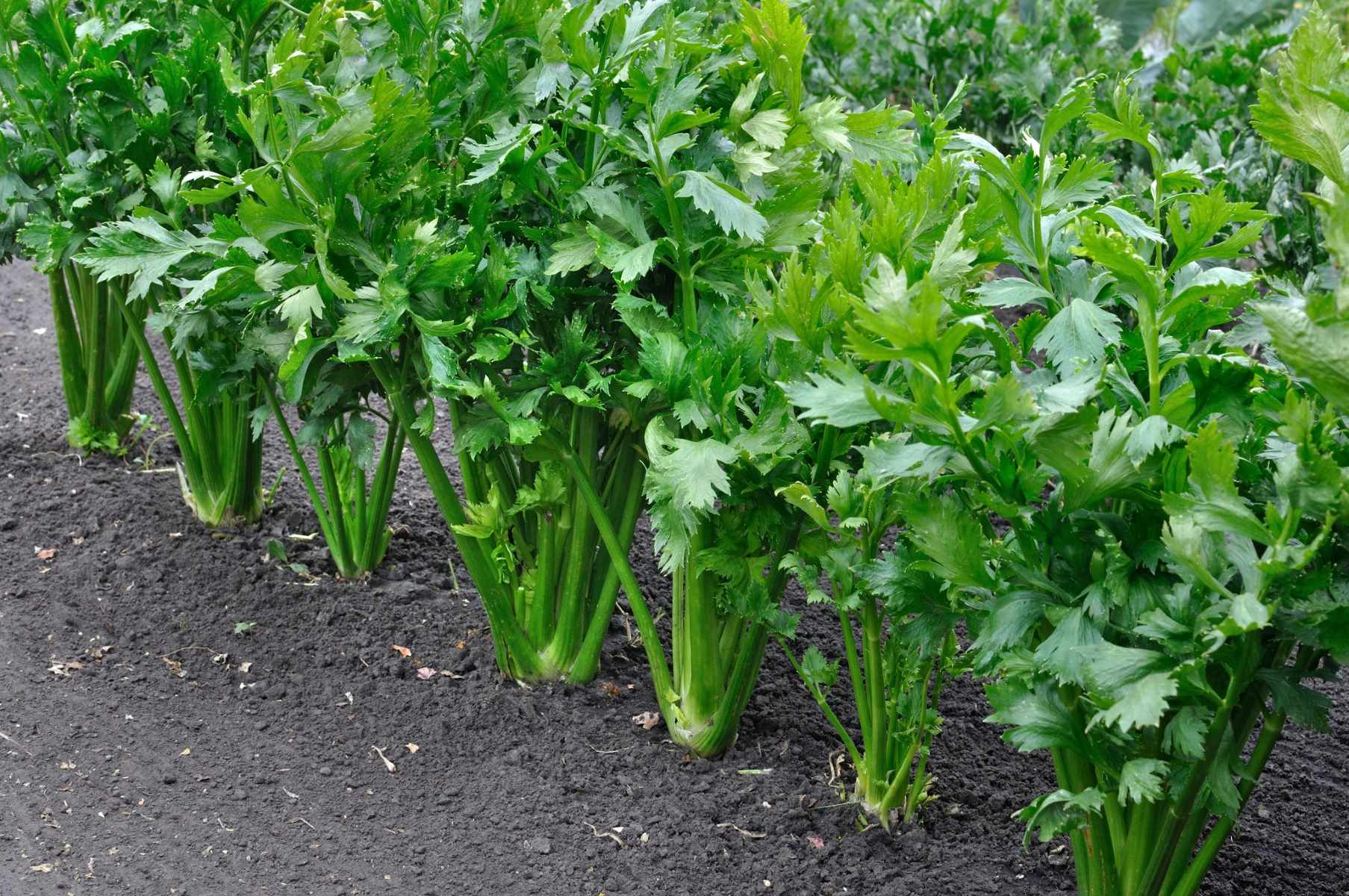
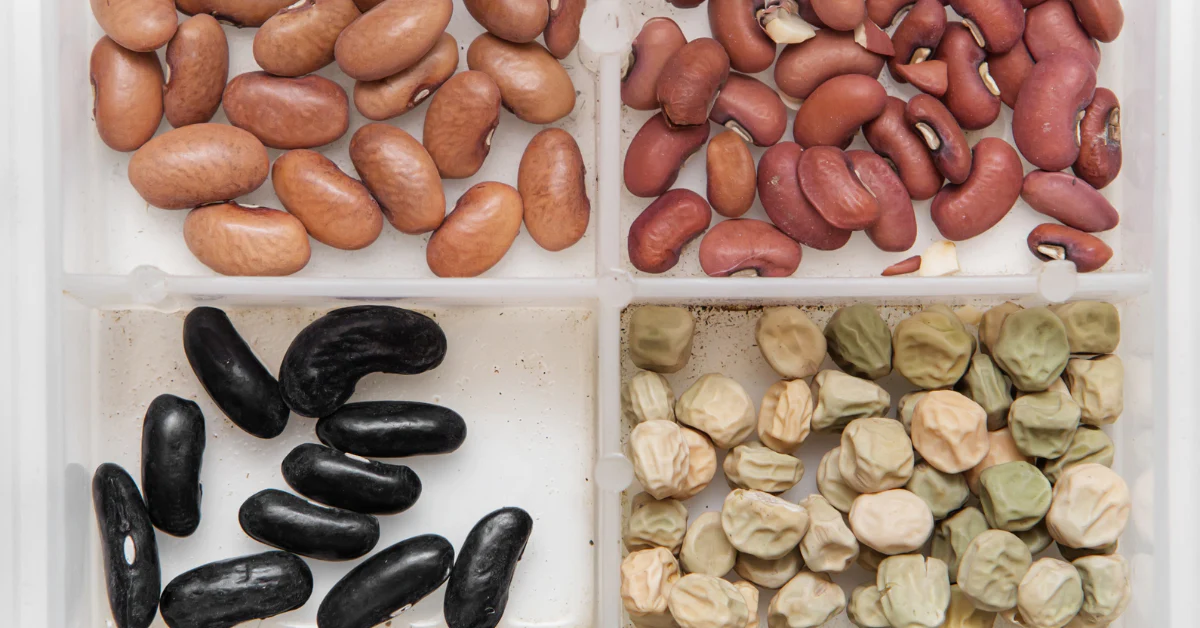
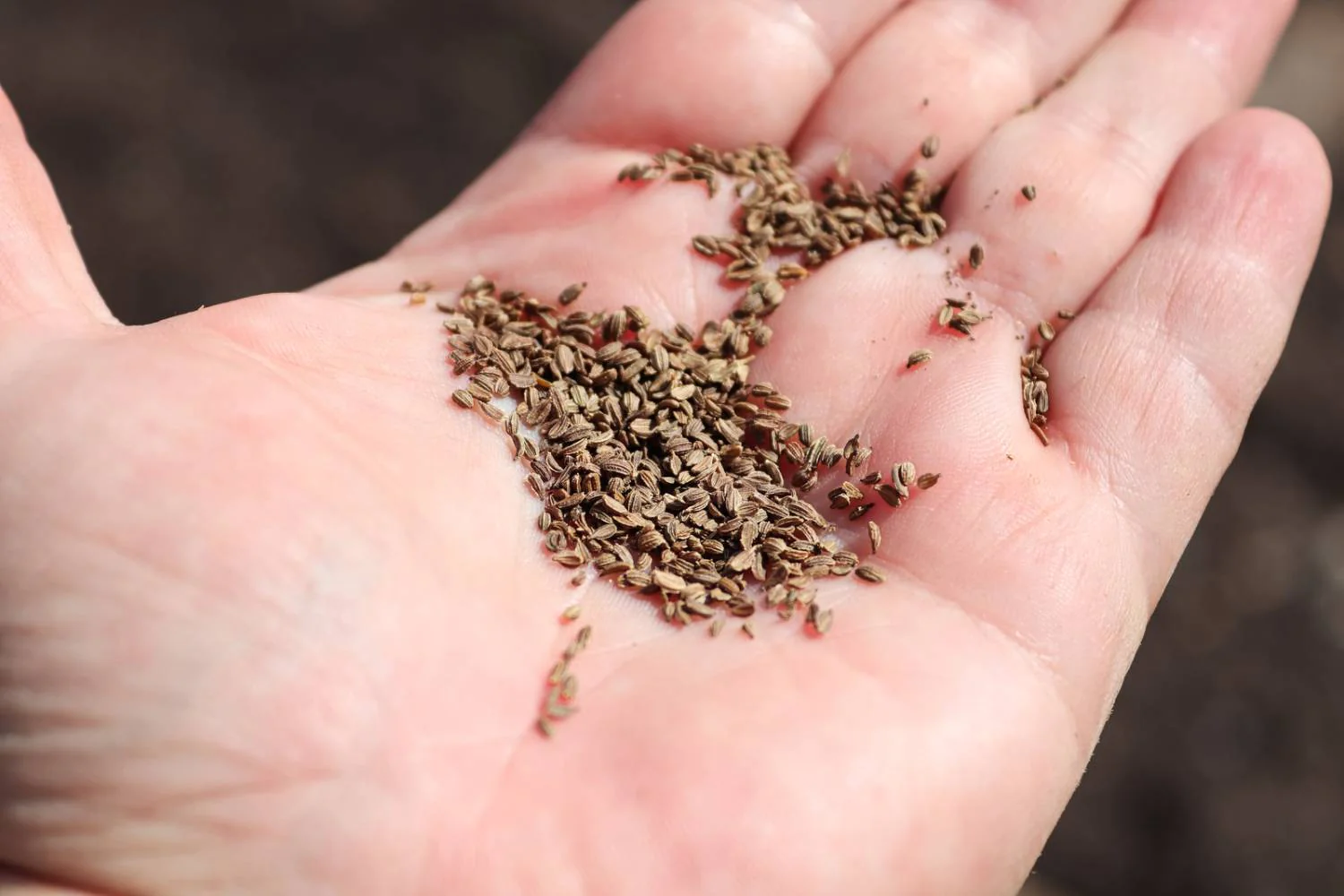

0 thoughts on “Where Are The Seeds In A Pine Cone”